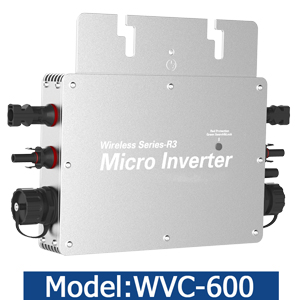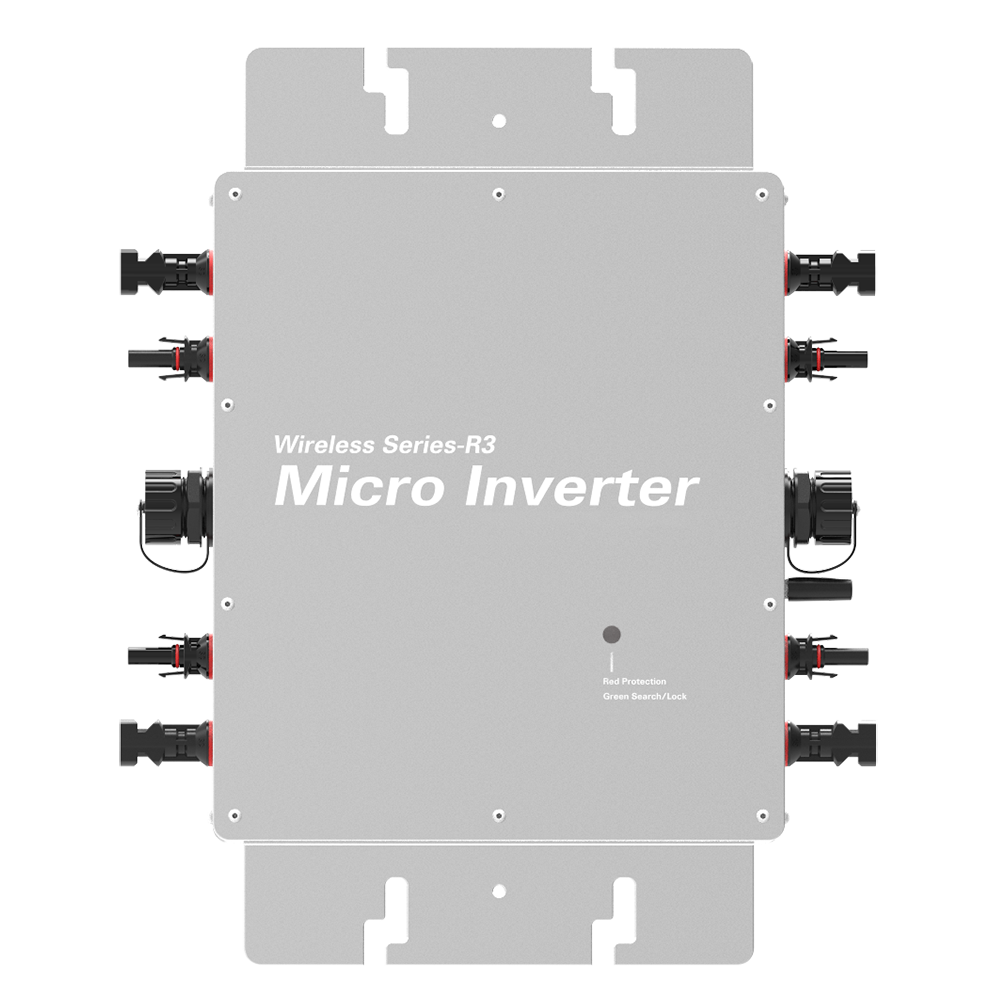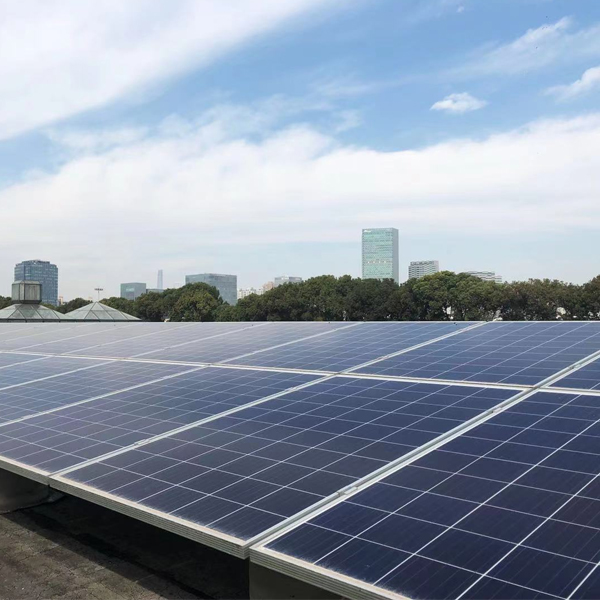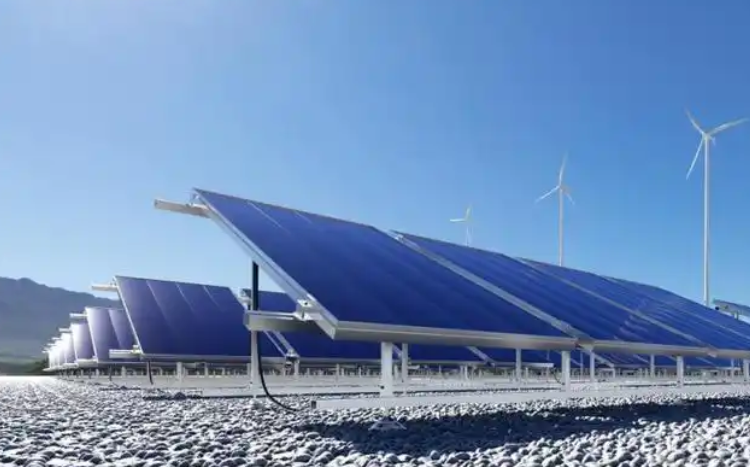The inverter not only has the function of direct-to-alternating conversion, but also has the function of maximizing the performance of solar cells and the system fault protection function. In summary, there are automatic operation and shutdown functions, maximum power tracking control functions, anti-independent operation functions (for grid-connected systems), automatic voltage adjustment functions (for grid-connected systems), DC detection functions (for grid-connected systems), and DC grounding detection functions (for grid-connected systems). Here we briefly introduce the automatic operation and shutdown functions and the maximum power tracking control functions.
1. Automatic operation and shutdown functions: After sunrise in the morning, the intensity of solar radiation gradually increases, and the output of solar cells also increases accordingly. When the output power required by the inverter is reached, the inverter automatically starts to operate. After entering operation, the inverter monitors the output of the solar cell module at all times. As long as the output power of the solar cell module is greater than the output power required by the inverter, the inverter will continue to operate; until it stops at sunset, the inverter can operate even on rainy days. When the output of the solar cell module decreases and the inverter output approaches 0, the inverter enters the standby state.
2. Maximum power tracking control function: The output of the solar cell module changes with the intensity of solar radiation and the temperature of the solar cell module itself (chip temperature). In addition, because the solar cell module has the characteristic that the voltage decreases as the current increases, there is an optimal working point that can obtain maximum power. The intensity of solar radiation is changing, and obviously the optimal working point is also changing. In relation to these changes, the working point of the solar cell module is always kept at the maximum power point, and the system always obtains the maximum power output from the solar cell module. This control is the maximum power tracking control. The biggest feature of the inverter used in the solar power generation system is that it includes the maximum power point tracking (MPPT) function.

Performance parameters of solar inverters
There are many parameters and technical conditions that describe the performance of inverters. Here we only briefly describe the technical parameters commonly used in evaluating inverters.
1. Environmental conditions for the use of inverters. Normal operating conditions of inverters: altitude not exceeding 1000m, air temperature 0~+40℃.
2. DC input power supply conditions. Input DC voltage fluctuation range: ±15% of the rated voltage of the battery pack.
3. Rated output voltage. Within the specified allowable fluctuation range of the input DC voltage, it indicates the rated voltage value that the inverter should be able to output. The stability and accuracy of the output rated voltage value are generally stipulated as follows:
(1) In steady-state operation, the voltage fluctuation range should be limited, for example, its deviation should not exceed ±3% or ±5% of the rated value.
(2) In dynamic conditions where the load changes suddenly or there are other interference factors, the output voltage deviation should not exceed ±8% or ±10% of the rated value.
4. Rated output frequency. The frequency of the inverter output AC voltage should be a relatively stable value, usually 50Hz. Under normal working conditions, the deviation should be within ±1%.
5. Rated output current (or rated output capacity), which indicates the rated output current of the inverter within the specified load power factor range. Some inverter products give the rated output capacity, which is expressed in VA or kVA. The rated capacity of the inverter is the product of the rated output voltage and the rated output current when the output power factor is 1 (i.e. pure resistive load).
6. Rated output efficiency, the efficiency of the inverter is the ratio of its output power to input power under specified working conditions, expressed in %. The efficiency of the inverter at rated output capacity is the full load efficiency, and the efficiency at 10% rated output capacity is the low load efficiency.
7. The maximum harmonic content of the inverter. For a sine wave inverter, the maximum harmonic content of the output voltage should be ≤10% under resistive load.
8. The overload capacity of the inverter, the ability of the inverter to output more than the rated current value in a short time under specified conditions. The overload capacity of the inverter should meet certain requirements under the specified load power factor.
9. The efficiency of the inverter is the ratio of the inverter output active power to the input active power (or DC power) under the rated output voltage, output current and specified load power factor.
10. The load power factor characterizes the ability of the inverter to carry inductive load or capacitive load. Under sine wave conditions, the load power factor is 0.7~0.9 (lagging), and the rated value is 0.9.
11. Load asymmetry. Under an asymmetric load of 10%, the asymmetry of the output voltage of a fixed-frequency three-phase inverter should be ≤10%.
12. Output voltage imbalance. Under normal working conditions, the three-phase voltage imbalance (the ratio of the reverse sequence component to the positive sequence component) output by the inverter should not exceed a specified value, generally expressed in %, such as 5% or 8%.
13. Starting characteristics. Under normal working conditions, the inverter should be able to start normally for 5 consecutive times under full load and no-load conditions.
14. Protection function. The inverter should be set with: short circuit protection, overcurrent protection, overtemperature protection, overvoltage protection, undervoltage protection and phase loss protection. Among them, overvoltage protection means that for inverters without voltage stabilization measures, there should be output overvoltage protection measures to protect the load from output overvoltage damage. Overcurrent protection refers to the overcurrent protection of the inverter, which should ensure timely action when the load is short-circuited or the current exceeds the allowable value to protect it from surge current damage.
15. Interference and anti-interference. The inverter should be able to withstand electromagnetic interference in general environment under the specified normal working conditions. The anti-interference performance and electromagnetic compatibility of the inverter should comply with the provisions of relevant standards.
16. Inverters that are not frequently operated, monitored and maintained should be ≤95db; inverters that are frequently operated, monitored and maintained should be ≤80db.
17. Display: The inverter should be equipped with data display of parameters such as AC output voltage, output current and output frequency, and signal display of input power, power-on and fault status.
18. Communication function: The remote communication function allows users to view the operating status of the machine and the stored data without going to the site.
19. Output voltage waveform distortion: When the inverter output voltage is sinusoidal, the maximum allowable waveform distortion (or harmonic content) should be specified. It is usually expressed as the total waveform distortion of the output voltage, and its value should not exceed 5% (10% is allowed for single-phase output).
20. Starting characteristics: Characterize the inverter's ability to start with load and its performance during dynamic operation. The inverter should ensure reliable starting under rated load.
21. Noise: Transformers, filter inductors, electromagnetic switches and fans in power electronic equipment will generate noise. When the inverter is operating normally, its noise should not exceed 80dB, and the noise of small inverters should not exceed 65dB.



